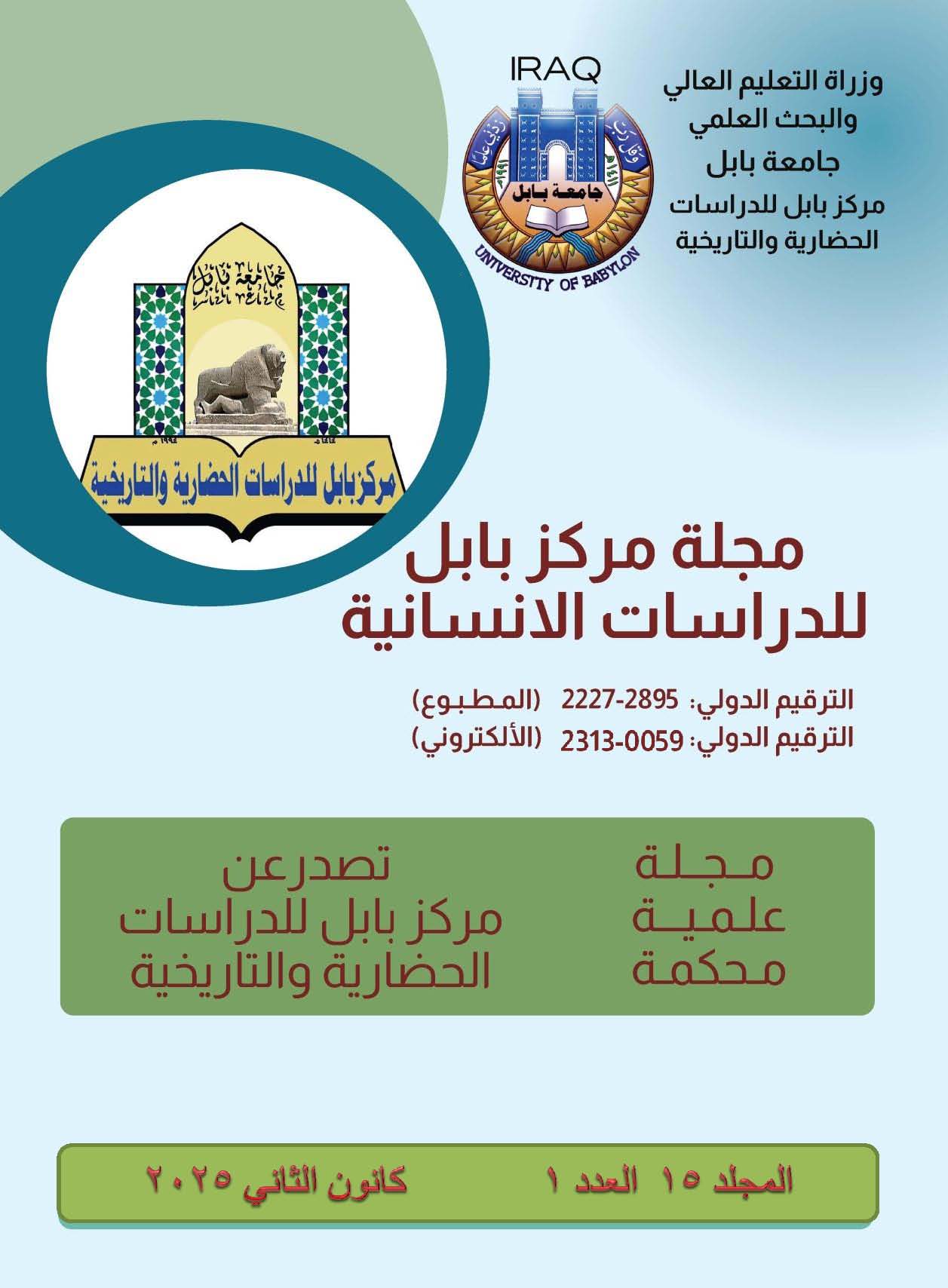Livelihood crises in Egypt (274-598 AH / 887-1201 AD)
Keywords:
crises، livelihood، Egypt.Abstract
The study of livelihood crises in Egypt covers a rather long period of time extending (274-598AH/887-1201AD)، and highlights the importance of the research in shedding light on the natural and human factors that lead to the occurrence of these crises، such as the flooding of the Nile River، earthquakes، drought، the decline of the Nile River، and epidemics. Plant، animal، etc.، and human factors from political and military conflicts. The research also sheds light on the phenomena of these crises، and the state’s measures to reduce their effects.
The researcher followed the method of historical narration of these livelihood crises and the analytical approach to the texts cited by historians. The research was divided into several axes. In each axis, we dealt with an era within the time period of the research (274-598AH/ 887-1201 AD). The first axis was titled “Living Crises in the Tulunid Era,” then we discussed the “Living Crises in the Abbasid Era,” and the next axis was devoted to “Living Crises.” In the Ikhshidid era, the other topic was about the economic crises in the Fatimid era, and finally the last topic was about the livelihood crises in the Ayyubid era.
It is observed by tracking the research axes that these livelihood crises rise or fall from one era to another as a result of the natural and human factors that cause temporary economic (livelihood) crises، by which we mean the occurrence of a loss of food supplies and an increase in their prices as a result of an imbalance in the economic base of supply and demand، which leads to the occurrence of effects Emergency situations such as famine، human diseases، etc.، and then the role of the state in dealing with livelihood crises is sometimes highlighted.







